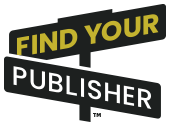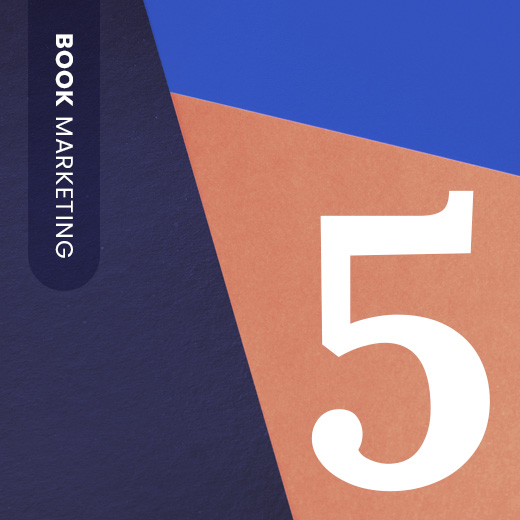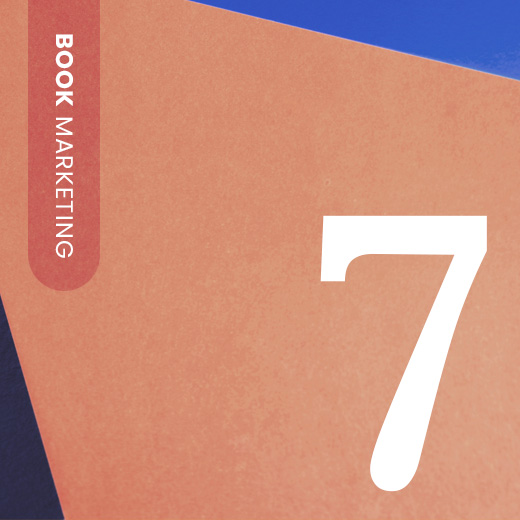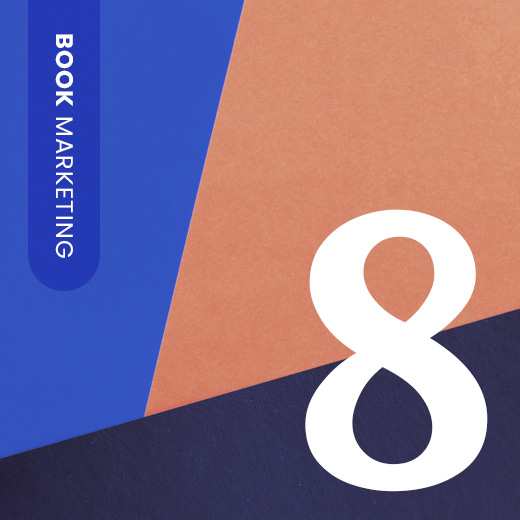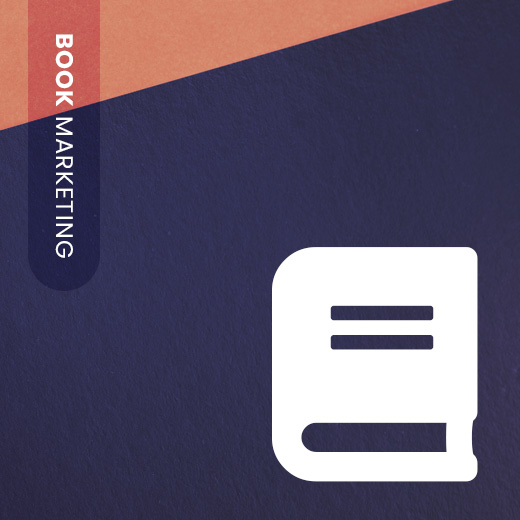Home » Book Marketing » How To Define, Understand, Reach Your Target Audience
How To Define, Understand, Reach Your Target Audience
Without a clear focus on your target market, authors will waste time on ineffective marketing, set the wrong price and miss out on book sales. Haven’t defined your target market yet? Now’s the time to start. Not sure how? Let’s break it down into three simple steps: define, learn, and create.
Define
Start by identifying the demographics of your ideal readers. Demographics are the basic details such as age, gender, education, income, marital status, even ethnic or religious background. These give you insight into where your audience can be found, their buying power and the types of media they consume. For example a teenager will have very different habits, financial responsibilities and media consumption than someone in their 30s.
Once you’ve defined demographics, it’s time to dig deeper into psychographics—the attitudes, values, interests, and lifestyles of your audience. Psychographics can tell you a lot about what matters to your readers. For instance, you might learn that your audience values health and wellness and exercises regularly. This kind of information will help you understand their habits and how to communicate with them.
Learn
Once you’ve defined your audience, the next step is to get inside their world. Where do they spend their time? What media do they consume? What kind of imagery or messages resonate with them? To really understand your readers, get into their spaces—whether that’s online forums, physical stores or events they attend.
Also, don’t be afraid to ask potential readers questions. What do they look for in the books they read? How do they buy books—physical bookstores, online retailers or eBooks? Knowing these answers will help you craft your marketing strategy and make sure it aligns with how they find and buy books. Knowing what motivates your audience to buy and read will help you connect with them more directly.
Create
Now that you’ve learned about your target market, it’s time to turn that knowledge into a message. Your message should be clear and consistent across all platforms and materials—business cards, book covers, and social media ads. Even your book signings and public appearances should communicate the same branding message.
Consistency is key. If your target audience is confused by mixed messages, they may not buy your book, unsure if it’s for them. Your marketing materials should always align with your reader’s preferences and expectations so they feel confident your book is the right fit.
If you find your current marketing isn’t reaching the right audience don’t be afraid to go back and refine your strategy. Also consider secondary audiences. For example if your primary audience is preteens you may also want to market to parents of preteens. Expanding your focus to secondary groups can increase your reach by a lot.
The key to successful book marketing is reaching the right people at the right time with a clear, consistent message. By defining your target audience, you’ll be able to focus your marketing and not waste resources. Finding the people who resonate with your book and speaking to them in a way that connects will make all the difference as an author.
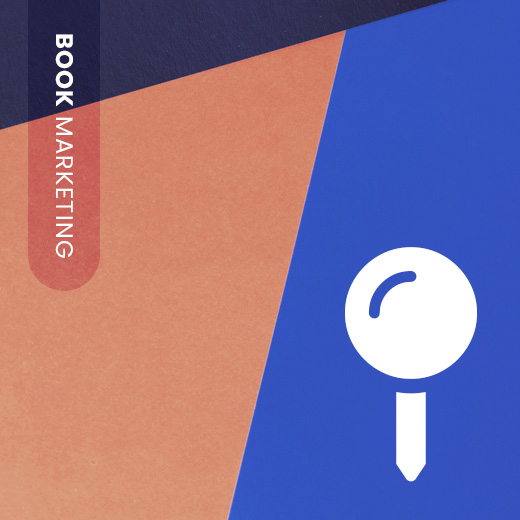
Don't let your manuscript sit idle
start your publishing journey now!
Get matched with a self-publishing company specifically chosen for you and the book you are publishing.
Don’t let your manuscript sit idle – start your publishing journey now!
